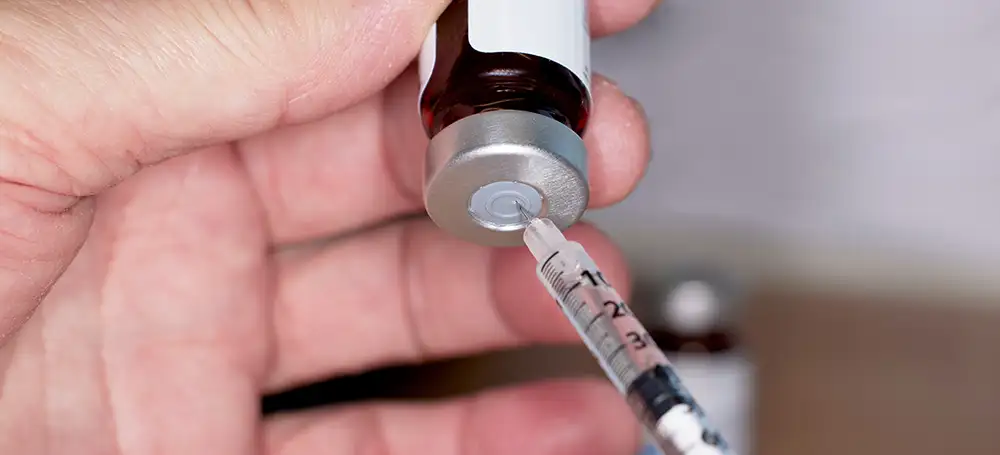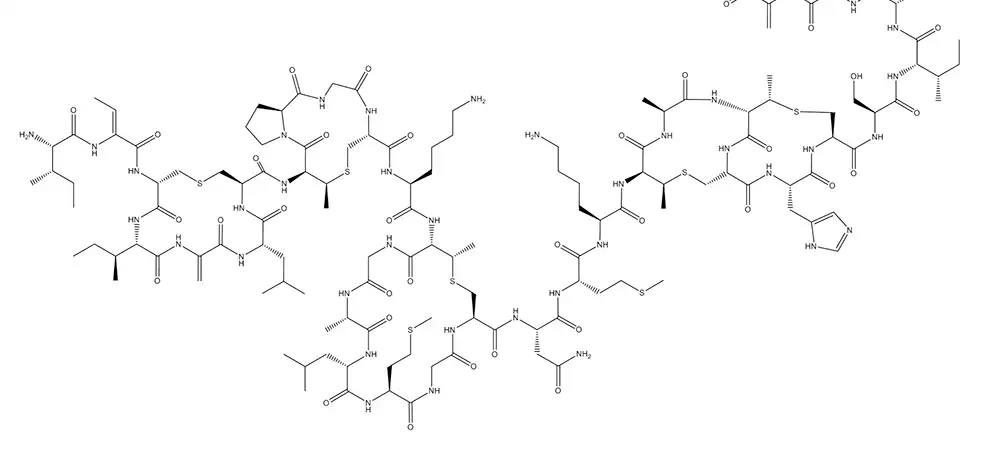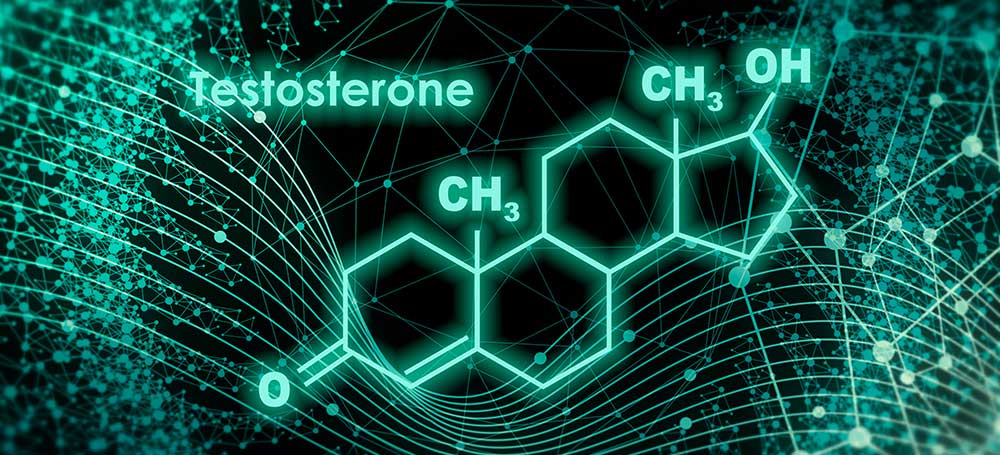The unspoken connection between Opioid use, abuse and Medication Assisted Treatment (MAT)
Low T and Opioid Use
It is no secret that there are many dangers connected to the opioid epidemic in the U.S. However, the impact that opioid use – and subsequent addiction treatment – can have on the average production of testosterone in men is often overlooked, despite the very real physical, mental and psychological consequences it brings along with it.
Statistics show that up to 100 million Americans experience chronic pain, and many have been prescribed opioids as analgesics to treat various chronic pain syndromes. In fact, between 1991 to 2013, opioid prescriptions increased by 172% in the U.S.
With the increase in pain management involving opioids comes an all to common side effect – lowered male testosterone levels, often referred to as “Low-T” in common parlance.
As the primary male sex hormone, low testosterone levels can cause a variety of symptoms, including fatigue, depression, loss of muscle/increased fat, and, of course, sexual dysfunction and lowered libido. It has been proven that the use of opioids can lead to hypogonadism, which is the failure of the body to produce normal levels of testosterone on its own.
What is Opioid-induced Androgen Deficiency (OPIAD)?
“Opioid-induced androgen deficiency (OPIAD)” is a common adverse effect of chronic opioid use and is often under-diagnosed among the large and growing population of long-term opioid users.
An article in the Pharmacy Times indicates that Hypogonadism occurs in roughly 54% to 64% in men using chronic opioids. Patients receiving 100 mg to 200 mg of morphine equivalent for one month are 50% to 100% likely to develop some degree of OPIAD.
How Opioids Lead to Low-T
In normal healthy males, the creation of testosterone is regulated by the hypothalamic-pituitary-gonadal (HPG) axis. The Hypothalamus triggers a series of hormonal reactions that cause the testes to stimulate production and release testosterone.
Opioids indirectly inhibit this process from the get-go in by limiting the hormones released by the Hypothalamus. As a result, they eventually reduce the downstream production of gonadal hormones. Clinically speaking, this process means that OPIAD is considered a form of secondary hypogonadism.
As discussed above, the reduction in testosterone production can have several negative results from reduced bone density to irritability and depression and of course the decrease in muscle mass, increase in fat storage and even erectile dysfunction.
Low-T and Opioid Addiction Treatment
With the growth in the use of opioids for pain management, has come an increase in abuse and addiction. According to the National Institute on Drug Abuse, roughly 21 to 29 percent of patients prescribed opioids for chronic pain misuse them, and between 8 and 12 percent develop an opioid use disorder. This has created a population of approximately 2.1 million people in the United States with a substance use disorder related to prescription opioid pain medicines and about 350,000 patients undergoing treatment for opioid-addiction annually.
Treatment for opioid addiction often includes long-acting synthetic opioids, which are used to help reduce dependency and safely reduce the withdrawal symptoms. The medications most commonly used in Medically Assisted Treatment (MAT) are Methadone and Buprenorphine (branded as Subutex or Suboxone). While safer than using short-acting opioids (such as oxycodone or hydrocodone), the adverse effects of the longer-lasting opioids on testosterone production can be a significant side effect.
As mentioned above, reduction in the male sex hormone has several negative physical, mental, and emotional consequences, which can be detrimental to any man, but even more so to the addict in recovery.
According to Dr. Alan Wartenberg, former president of the Massachusetts chapter of the American Society of Addiction Medicine, both buprenorphine and methadone can cause sexual dysfunction.
“I’ve seen significant amounts of both erectile dysfunction and decreased libido on buprenorphine,” he said. “It’s extremely common with 100 milligrams or more of daily methadone.”
He estimates that as many as 40% of the patients on methadone and about 20% using buprenorphine experience sexual dysfunction.
Testosterone Replacement Therapy (TRT) for Opioid Addiction Treatment
Low-T from Opioid use or Medication Assisted Treatment (MAT) can begin quickly and have a long-lasting effect. Studies show reduced testosterone production can start as soon as one week after beginning opioid use and remained for up to 12 weeks. The good news is that Opioid-induced Androgen Deficiency, whether from use of opioids or Medicine Assisted Treatment, is generally considered treatable. Testosterone replacement therapy (TRT) is often recommended to help improve testosterone levels and reduce the adverse effects of Low-T.
A TRT outcome study that focused on chronic opioid users, testosterone patch therapy over six months in men with opioid-induced androgen deficiency (OPIAD), was reported to be effective in increasing testosterone levels and improving sexual function and mood.
Another study concluded that “the data suggest that with testosterone replacement, hypogonadal opioid users might be expected to have similar improvements in sexual function and mood as opioid nonusers.”
Diagnosis and Treatment of OPIAD
A first step in diagnosing Low-T from OPIAD can sometimes be a standard 12-question test that is used by some physicians and given to patients who exhibit symptoms of Low-T. If a patient scores an eight or above on the initial screening, they are sent for a lab test to confirm the diagnosis and medically justify the testosterone replacement therapy.
The goal of any testosterone replacement treatment is to enable the patient to maintain testosterone levels within normal ranges for healthy young male adults. This can be accomplished through many types of treatments, including:
- Injections: Weekly/biweekly Testosterone injections
- Pellets/Implants: Testosterone is delivered by a small pellet which is implanted under the skin and provides a steady amount of testosterone for 3-6 months
Each treatment type has its own advantages and you should work with your doctor to find the treatment that is best for you.
Finding TRT Replacement in Massachusetts
Choosing the right physician is a critical first step in researching whether testosterone replacement therapy is right for you. At Boston Vitality we understand that a significant part of your recovery can be feeling like your old-self again. We have the experience and clinical expertise to help you work through your OPIAD and begin to see if you may benefit from the physical, mental and emotional impact of treating your Low-T.
If you are a recovering opioid user and have been experiencing any of the symptoms of Low T mentioned in the article above please call our office at 781-399-LowT (5698) to schedule a consultation.
Call today to see if you can start feeling, looking and performing way better!












